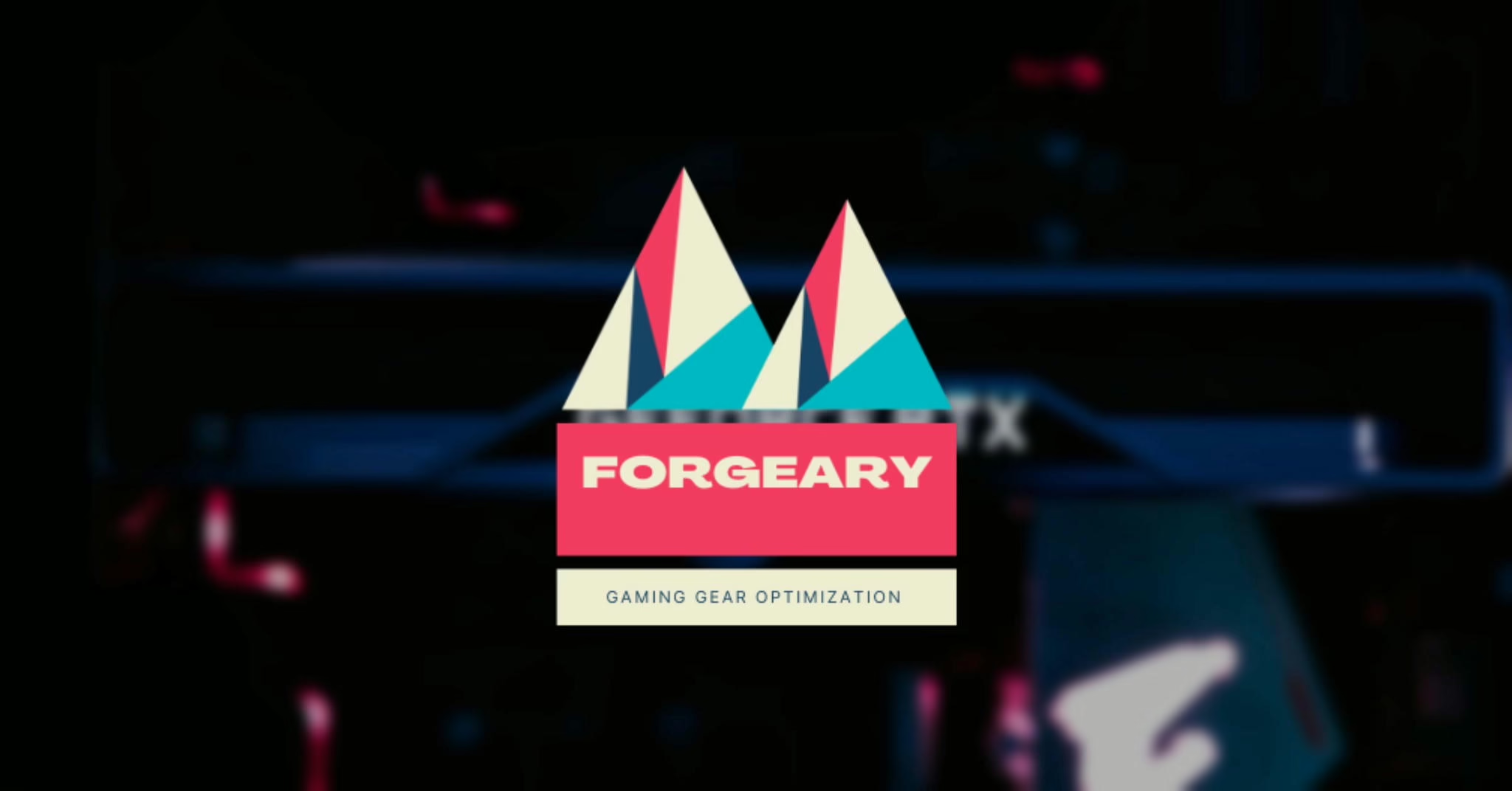Adaptive sync technology, such as NVIDIA's G-Sync and AMD's FreeSync, is designed to improve the visual experience on display devices by eliminating screen tearing and reducing input lag.
Screen tearing is a visual artifact that occurs when the frame rate of a game or video exceeds the refresh rate of a display. This can result in horizontal lines appearing on the screen, or the image appearing to be "split" into two separate sections.
Adaptive sync technology helps to solve this problem by synchronizing the refresh rate of the display to the frame rate of the graphics card, allowing for a smoother and more fluid visual experience.
Input lag refers to the delay between the time a signal is sent from a device, such as a mouse or keyboard, and the time it takes for that signal to be displayed on the screen. Reducing input lag can help to improve the overall gameplay experience, especially in fast-paced games where quick reflexes are important.
G-Sync and FreeSync are the two main adaptive sync technologies currently available, but they are not compatible with each other. G-Sync is only compatible with NVIDIA graphics cards, while FreeSync is only compatible with AMD graphics cards. Both technologies require a compatible display in order to work.
Frequently Asked Questions
What is Nvidia G-Sync?
Nvidia G-Sync is a technology developed by Nvidia that is designed to eliminate screen tearing and reduce input lag in gaming monitors.
It does this by synchronizing the refresh rate of the monitor with the frame rate of the graphics card, which helps to create a smoother and more responsive gaming experience.
G-Sync is only compatible with monitors that have been specifically designed to support the technology, and it requires a compatible Nvidia graphics card to work.
What is the benefit of G-Sync?
Some of the benefits of using Nvidia G-Sync include improved image quality, reduced screen tearing, and reduced input lag.
By synchronizing the refresh rate of the monitor with the frame rate of the graphics card, G-Sync can deliver a smoother and more fluid gaming experience, which can be especially helpful in fast-paced games where a prominent level of visual clarity is important.
Additionally, G-Sync can help to reduce input lag, which can be especially noticeable when playing competitive games where every fraction of a second can make a difference.
Overall, G-Sync can help to improve the overall gaming experience by delivering smoother, more responsive visuals.
How to enable NVIDIA G-Sync?
Total Time: 5 minutes
NVIDIA Control Panel
Open the NVIDIA Control Panel by right-clicking on your desktop and selecting "NVIDIA Control Panel" from the context menu.
Display
In the NVIDIA Control Panel, go to "Display" and then select "Set up G-Sync" from the menu on the left.
Set up G-Sync
In the "Set up G-Sync" screen, check the box next to "Enable G-Sync" and select the monitor that you want to use with G-Sync from the drop-down menu.
Apple settings
Click "Apply" to save your changes and enable G-Sync on your system.
You may need to restart your computer for the changes to take effect. After restarting, you should be able to enjoy the benefits of G-Sync, such as reduced screen tearing and improved graphics performance.
Conclusion
In conclusion, adaptive sync technology such as G-Sync and FreeSync can help to improve the visual experience on display devices by eliminating screen tearing and reducing input lag.
These technologies work by synchronizing the refresh rate of the display to the frame rate of the graphics card, allowing for a smoother and more fluid visual experience. They are especially useful for gaming, where fast action and sudden movements can make screen tearing more noticeable, and for any situation where quick response times are important.
While G-Sync and FreeSync are the two main adaptive sync technologies currently available, they are not compatible with each other and require a compatible display in order to work.
